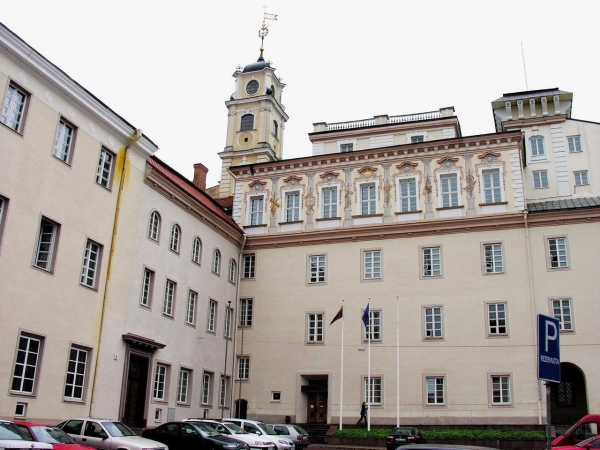https://www.vu.lt
Founded
1579Description
Vilnius University in Lithuania, founded in 1579, prides itself on being the oldest higher education institution in the country and among the oldest in the whole of Eastern Europe.
Originally established as a Jesuit College, it became a university under King Stephen Bathory’s charter, with Pope Gregory XIII approving the change. The Jesuit order was disbanded in 1773 and, following the Russian annexation of Lithuania, the university was renamed the Vilnius Principal School. Between 1919 and 1939, a period of Polish control followed and, at different times during the war years, the country came under both Soviet and Nazi rule, making progress difficult. Following the war, the university gradually began to expand and, by 1990, Lithuania returned to being an autonomous country.
Today, Vilnius University is home to over 1,300 academic members of staff and more than 20,000 students, including around 1,200 international students. It is organised across 14 faculties, most of which are based centrally in the city and close to halls of residence. Most degree programmes are taught in Lithuanian, with some subjects also taught in English and Russian.
A significant part of the university is still based on the site of its old campus in the Old Town of Vilnius, a particularly scenic part of the city. Most of its summer school courses are taught in the Old Campus to allow students to get a feel for the history behind the university.
In keeping with other historic universities, Vilnius has many traditions that its current cohort continues to honour. Each year on the first day of September, for example, a lively student procession takes place that stretches from Parliament Palace to the university’s main building. While its extra-curricular opportunities include a folklore ensemble called Ratilio and a theatre group, Minimum, that has existed for more than 440 years.
Specific details
Location
Universiteto Street 3, Vilnius , 01513, Vilnius, Lithuania

